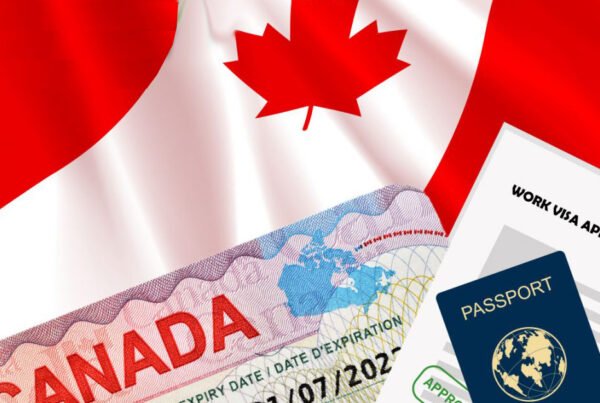As exciting and thrilling as hikes might be, there’s also a little thing called post-hiking fatigue, or hiking hangover as some like to call it, that can give you all sorts of pains and unpleasant physical symptoms, or even ruin your hiking experience. While versed hikers are all too familiar with this phenomenon and know how to avoid it altogether or reduce its effects, those who are relatively new to hiking might lack the knowledge to do things properly.
If you are passionate about hiking, but you want to keep pain and soreness at bay, you might want to learn a thing or two about post-hiking recovery. So, we’ve put together a short guide with some simple tips and tricks that can help you enjoy your after-hiking time just as much as you enjoyed the journey. Here’s what a proper post-hiking recovery routine should include.
Reduce physical activity gradually
It can be really tempting to crash down and not move a muscle for hours after you’ve reached your destination, but that’s exactly what you shouldn’t do after a long and exhausting hike, as strange as it might sound.
Just like you should warm up before starting a hike, you should also take the time to cool down at the end of it. This will give your body time to adjust and ensure a smooth transition to a state of rest, so you can avoid cramps or dizziness. So instead of sitting down immediately, you should pace around slowly for a few minutes before coming to a stop.
Stretch
Just because you’ve reached the end of the journey, it doesn’t mean you should turn into a sloth all of a sudden. A bit of movement will help you reduce muscle tension and pain after an intense hike. And the most effective form of physical activity you can perform right now is stretching. No, stretching is not just for yoga lovers; it’s also a very useful exercise for post-hiking recovery.
Start stretching slowly, focusing on one area of your body at a time to increase blood flow, avoid the onset of muscle soreness and reduce recovery time. For even better results, you should include stretching in your regular fitness routine, not just when you are hiking.
Rehydrate
We all know how important it is to stay hydrated at all times, but hydrating is absolutely essential when doing intense physical activity. It’s not enough to drink water during your hike. You also have to rehydrate your body afterwards, as your hydration levels will probably be low due to the effort you’ve made.
The amount of water you need to rehydrate differs from person to person, but it is generally recommended to drink two cups right after you end your hike, to get your hydration levels back up. So be sure to carry enough water with you to avoid dehydration and ensure faster recovery.
Don’t skip on eating
Don’t think that just because you’ve drank enough water throughout the hike and you’ve also rehydrated after you stopped, you can skimp on food. Drinking water is absolutely necessary for post-hiking recovery, but so is eating a nourishing meal.
In fact, experts agree that eating immediately after a hike is one of the best ways to restore energy levels as soon as possible. You should either pack some food to take with you on our hike or some protein bars to have them on hand when you finish your journey, or prepare a quick meal when you get home that includes protein and carbohydrates.
Take care of your feet
Your feet will likely be the most affected parts of your body during a hike, meaning they require special care and attention afterwards. It’s not uncommon to experience pain, blisters and aches in your feet at the end of the hike, so you should use some quick remedies straight away. First, you should take off your boots to allow your feet to relax. A good massage can help a lot by increasing blood flow and circulation in your feet. Wearing compression socks and exfoliating and moisturizing regularly can also help you keep your feet healthy and ready for many more hikes.
Soothe sore muscles
Sore muscles are a common issue most people deal with at some point in their hiking adventures. Luckily, there are a few very effective methods to either avoid or reduce this annoying and painful problem, and they don’t involve popping up pain killers like candy.
Using a muscle roller stick to apply pressure on sore muscles can help a lot in this respect. Similarly, applying a heat rub on the affected area can have immediate soothing effects and relieve muscle soreness and pain. Cold baths can also help, as they can reduce muscle inflammation and thus reduce the intensity of the pain.
Get a good night’s sleep
Sometimes, the best recovery treatment after a satisfying but intense hike is a good night’s sleep. While we are sleeping, our body goes into a repair and restore phase which is essential for our health and wellbeing. That’s why doctors insist on the eight hours of sleep per night recommendations that so many of us choose to ignore.
So, when you reach your campsite or get back home after a hike, put on your PJs or any comfortable outfit you have with you and get some well-deserved rest. After a restful sleep you’ll wake up refreshed and ready to take on a new challenge or even a new hike.
Stay active
If you like hikes, we’re guessing you like leading an active lifestyle. While getting enough hours of rest and taking time to relax are a must for effective post-hiking recovery, movement should also be included in the equation.
We know these recommendations might sound contradictory, but they’re both just as important for allowing your body to heal and stay strong and healthy. We’re not suggesting you should go run a marathon immediately after the hike, but being active will help you stay in good shape for your next adventures.





